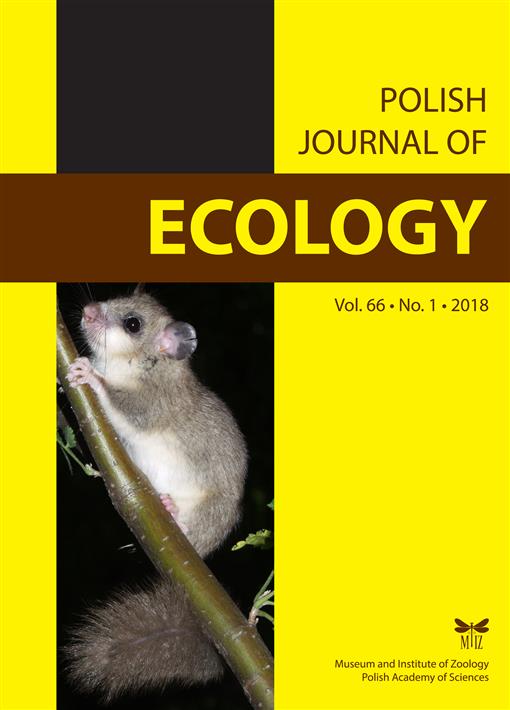Stachys annua is a short-lived archaeophyte. In Poland it has been classified as threatened with extinction (VU). It prefers carbonate soils and occurs as a weed in cropped and stubble fields in traditionally farmed areas.
Study of the occurrence of Stachys annua in North-Eastern Poland was conducted in 2009–2012 at four sites where the species occupied a minimum area of 30 m2 and occurred at each stage of a 4-year crop rotation (spring cereals, winter cereals, tuber crops and stubble fields). The floristically richest communities (25–34 species) were established in unploughed stubble fields, regardless of the habitat conditions. Phytocenoses with S. annua included rare species as demonstrated by high values of floristic value index (FV ranges from 25 to 36). Principle Component Analysis and Spearman rank correlations between plant traits and habitat conditions pointed to soil pH as the factor which determined S. annua phenotypic variation, in particular its height and seed production. The greatest phenotypic variation was found on the alkaline habitat, rich in nitrogen. On the other hand, the cluster analysis showed that the studied populations of inert nitrogen-poor habitats were the most similar.
Electrophoretic analysis of storage proteins from S. annua seeds revealed a relatively high genetic similarity of studied populations which was reflected in the similarity coefficients — 0.76 and 0.61 by Dice and Jaccard, respectively. In the case of small or fragmented populations this poses a threat associated with inbreeding and genetic drift of S. annua, which indicates that populations of this species in the study area need to be protected from extinction.





